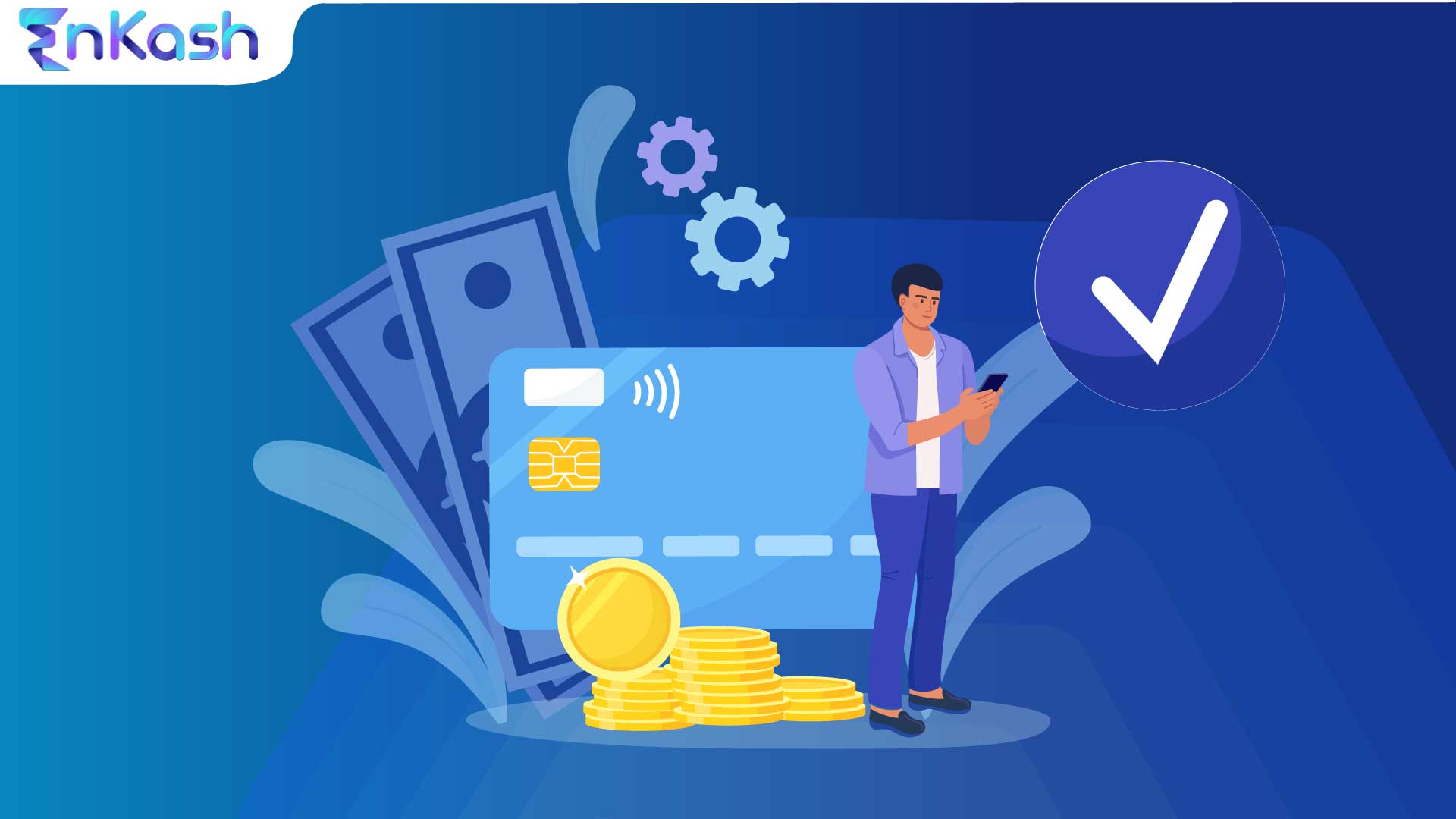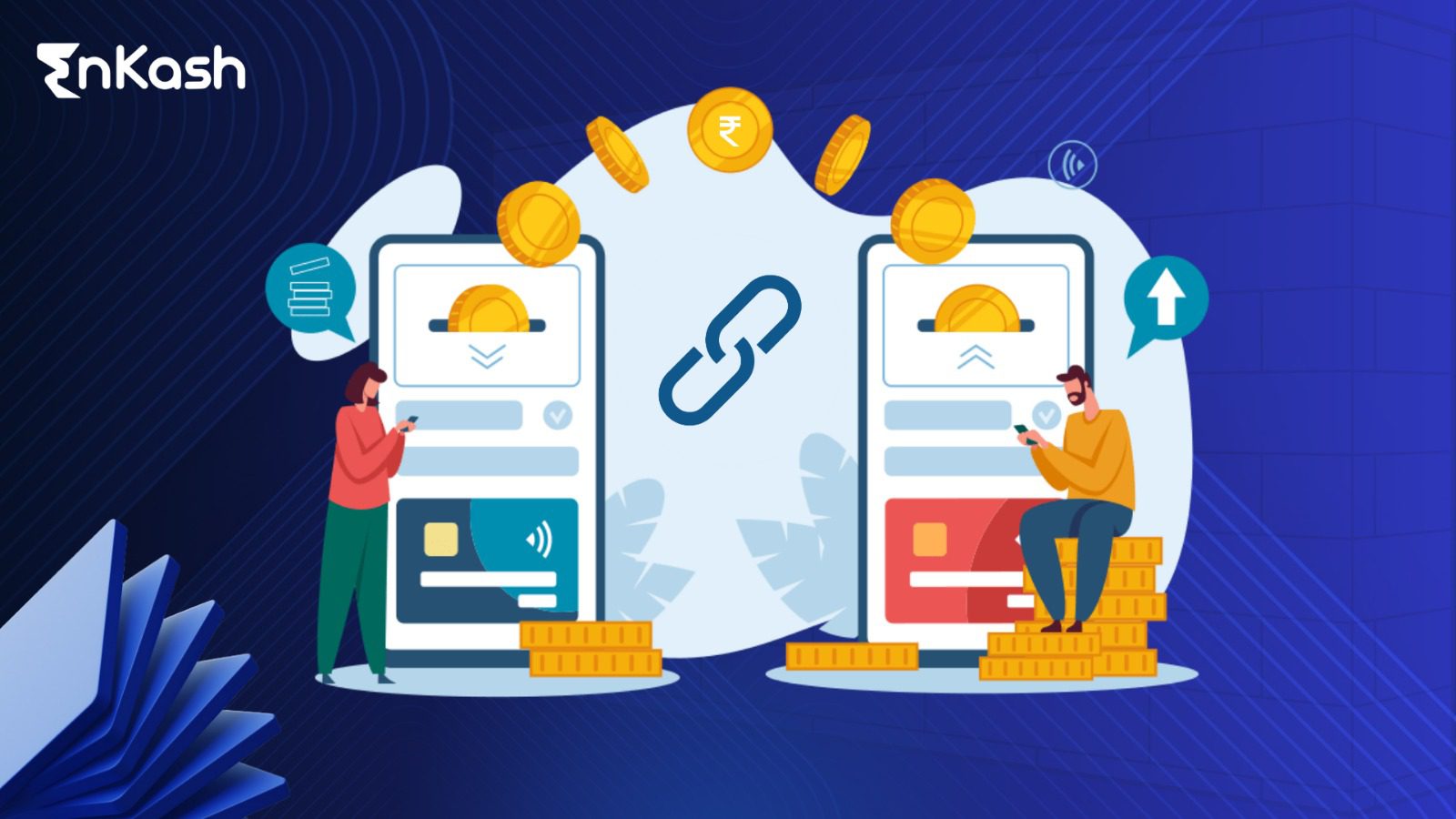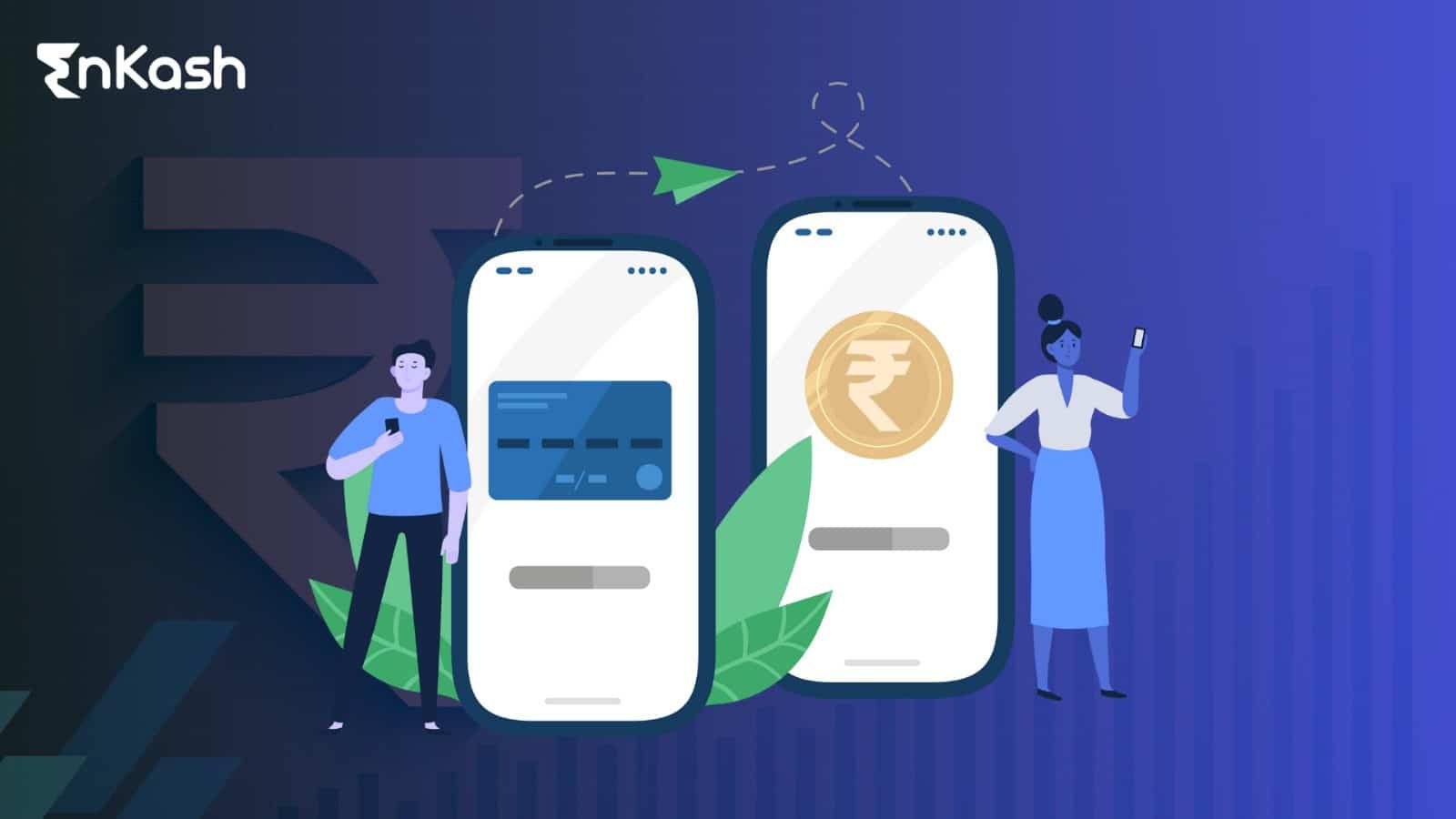mPIN or Mobile Personalized Identification Number is a unique 4 or 6-digit code used for verification whenever any online transaction is undertaken on payment or banking apps. It authenticates the financial transactions done via mobile banking apps. Consumers use MPINs to log in to their accounts on mobile banking apps and carry out transactions. These MPINs ensure that the original account holder is the one making the transaction, providing an added layer of security.
Let us understand mPIN in detail.
Understanding UPI and its Role in Digital Payments
The Unified Payments Interface (UPI) is a real-time payment system that allows users to transfer funds between two bank accounts on a single mobile platform. It was developed by the National Payments Corporation of India (NPCI) and fueled by the Reserve Bank of India (RBI). UPI has transformed the way we make payments by enabling quick and seamless transactions without the need to visit a bank or wait for hours to add a beneficiary.
With UPI, individuals can make payments anywhere and anytime, as long as they have a UPI app and an internet connection. Businesses also benefit from UPI, as it provides them with quick access to cash without the hassle of physical visits to the bank. UPI has made it even easier for businesses to receive payments.
The Importance of Security in Digital Payments
While the convenience of digital payments is undeniable, it also poses security challenges. With the rise of online transactions, fraudsters, and unauthorized individuals are constantly finding new ways to exploit vulnerabilities in the system. To mitigate these risks, most mobile banking apps and UPI apps have implemented various security measures.
One such security measure is the use of passwords or Personal Identification Numbers (PINs) to authenticate transactions. These PINs serve as a unique code that confirms the identity of the user and safeguards against unauthorized access. In the case of mobile banking apps and UPI apps, one commonly used PIN is the MPIN (Mobile Personal Identification Number).
MPIN & its Significance?
Mobile apps enable online payments through various electronic methods, such as NEFT, RTGS, IMPS, and UPI. While some apps prompt users to create a separate PIN for UPI transactions, others allow UPI payments with the same MPIN used for logging in to the mobile banking app. This indicates that the MPIN is used to authenticate UPI transactions in addition to verifying every mobile banking transaction.
MPIN vs UPI PIN vs ATM PIN: Understanding the Differences
To fully grasp the concept of MPIN, it’s important to understand the differences between MPIN, UPI PIN, and ATM PIN. While these terms may sound similar, they serve distinct purposes in the world of digital payments.
MPIN: It allows users to log in to their bank accounts and carry out transactions through the app. MPINs are generally 4 or 6 digits long and should be kept confidential to prevent unauthorized access.
UPI PIN: The UPI PIN is a PIN that specifically authenticates UPI payments. Users can make UPI payments through UPI-enabled apps like BHIM, Amazon Pay, and others by linking their bank accounts. The UPI PIN can be the same as the MPIN or different, depending on the app being used.
ATM PIN: The ATM PIN is the code that users enter at ATMs while using their ATM or debit cards. It ensures that the cardholder is carrying out banking or transactional activities securely.
How to Generate an MPIN: Steps to Follow
To use UPI via a mobile banking app or UPI-enabled application, you first need to download the app to your preferred mobile device. Once downloaded, follow these steps to generate an MPIN:
Using Net Banking: If your bank supports it, you can generate an MPIN through your bank’s net banking app. Log in to your net banking app, navigate to the mobile banking section, and choose the option to set up an MPIN.
Using UPI App: If you have a UPI app like Google Pay, Paytm, or PhonePe, you can generate an MPIN through the app itself. Log in to the app using your banking credentials, go to the settings or profile section, and find the option to set an MPIN. Follow the instructions provided by the app to generate your MPIN.
ATM: Some banks also allow customers to generate an MPIN at an ATM. Insert your card into the ATM, enter your card’s PIN, and select the option for “Forgot MPIN” or “Change MPIN.” Follow the instructions on the screen to generate a new MPIN.
USSD Code: Some banks provide the option to generate an MPIN offline using a USSD code. Dial the designated USSD code from your phone, select the option to generate an MPIN, and follow the instructions provided.
How to Change Your MPIN: Ensuring Security
To enhance the security of your mobile banking transactions, it is advisable to change your MPIN regularly. To change your MPIN, follow these steps:
- Use your existing MPIN to log into your mobile banking app.
- Navigate to the settings or profile section of the app.
- Look for the option to change or reset your MPIN.
- Enter your old MPIN and the new MPIN you wish to set.
- Confirm your selection and enter the OTP sent to your registered mobile number to authenticate the change.
Important Points to Remember about MPIN
Here are some important points to keep in mind when it comes to MPIN:
An MPIN is a unique and valuable code that confirms your identity during online transactions. It is essential to keep your MPIN confidential and not share it with anyone.
UPI-enabled transfers can be made using your phone number or a unique virtual payment address called the UPI ID. UPI money transfers are a secure means of funds transfer that eliminates the need to enter details like bank account numbers and IFSC codes.
Some banks and UPI apps may require you to complete a one-time KYC verification process before using UPI services.
How to Transact Using an MPIN: A Step-by-Step Guide
Once you have generated your MPIN, you can use it to authenticate transactions on mobile banking apps and UPI-enabled apps. Here’s a step-by-step guide on how to transact using your MPIN:
Log in to the UPI-enabled app that is linked to your bank account
Select “Send Money” or “Transfer”
Enter the UPI ID, and UPI-linked phone number, or scan the QR code of the recipient
After entering the desired transfer amount, select “Confirm” or “Proceed”
On the next screen, you will be prompted to enter your MPIN. Enter the MPIN to validate the payment
Once the MPIN is verified, the transaction will be processed, and you will receive a confirmation message
Conclusion
In conclusion, the MPIN plays a vital role in ensuring the security of mobile banking and UPI transactions. It acts as an authentication code that confirms the identity of the user during financial transactions. By understanding how to generate, change, and use your MPIN, you can enhance the security of your online payments and enjoy the convenience of digital transactions. Remember to keep your MPIN confidential and periodically change it to safeguard your financial information. Embrace the benefits of UPI and mobile banking while staying vigilant about security, and enjoy the seamless experience of digital payments.
FAQs
What is an mPIN, and why is it important?
An mPIN is a Mobile Personal Identification Number that has either four or six digits. These numbers are used to authenticate transactions in mobile banking and UPI-enabled applications. It acts like a security protocol because it authorizes a transaction only by the actual user, therefore making digital payments much more secure.
How can I generate my mPIN?
You can generate the mPIN through several methods:
- Through your mobile banking or UPI app settings
- At an ATM, with the “Generate/Change MPIN” option
- Through your bank’s net banking portal
- Dial the bank’s USSD code wherein it’s supported
What is the difference between mPIN, UPI PIN, and ATM PIN?
mPIN: Used for logging into mobile banking apps and authenticating transactions.
UPI PIN: Specifically used to authorize UPI-based payments.
ATM PIN: Used at ATMs to withdraw cash and access banking services via debit/credit cards.
Is the mPIN the same as the UPI PIN?
No, mPIN is different from UPI PIN. mPIN is used to log into mobile banking apps and transact, while UPI PIN is used to approve payment made by using UPI. There are, however, some applications which accept use of that for both purposes.
How can I change my mPIN?
To change your mPIN:
- Login to mobile bank or UPI-enabled app.
- Open settings or the profile.
- Select “Change MPIN” and follow the instructions.
- Authenticate with OTP sent to your registered mobile number.
- What should I do if I forget my mPIN?
- If you forget your mPIN, you can reset it using these methods:
- Use the “Forgot MPIN” option within your banking or UPI app.
- Reset through ATM using debit card and PIN settings.
- Reset via Bank’s net banking service.
How secure is an mPIN for digital payments?
The mPIN is a secure method for authentication because it is known only to the account holder. To enhance security, ensure you do not share your mPIN and change it regularly.
Can I use the same mPIN for multiple bank accounts?
No, each bank account linked to a mobile banking or UPI app requires its unique mPIN for authentication. It’s advisable to use different mPINs for each account to improve security.













